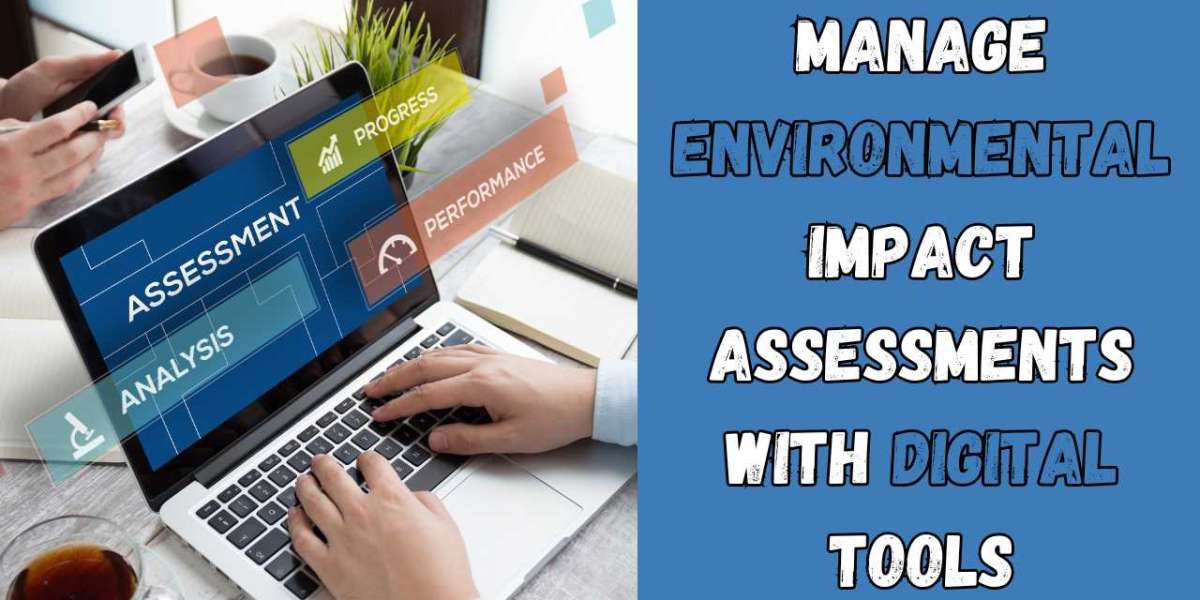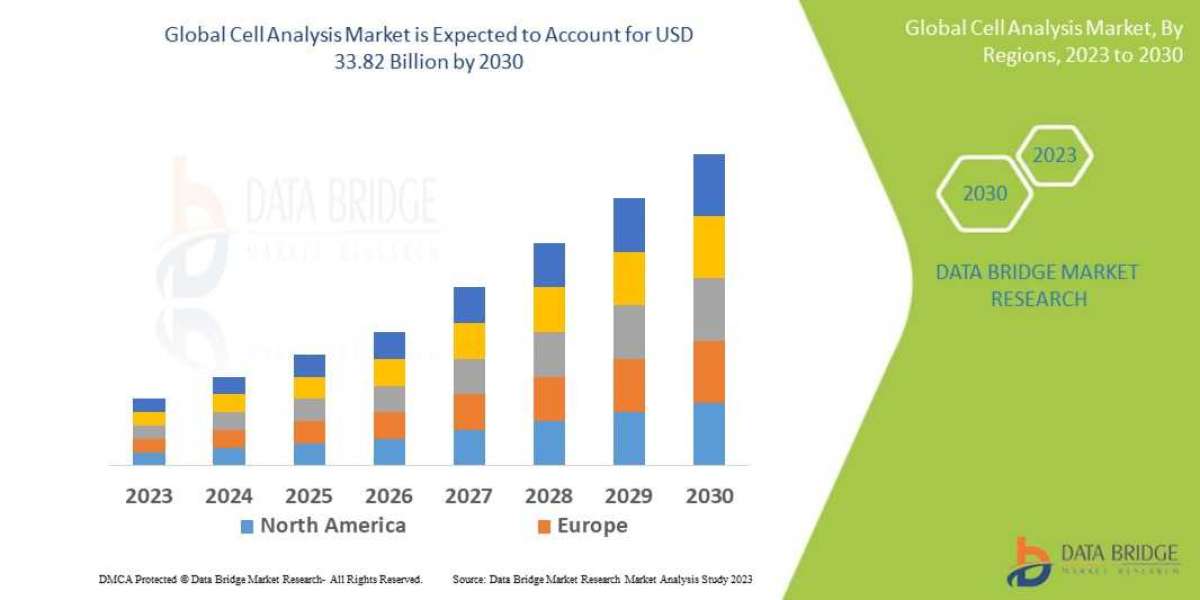Key Takeaways
- Digital tools speed up and improve the accuracy of EIA management.
- PDF tools optimize document workflows in EIA processes.
- Cloud collaboration reduces project costs and improves efficiency.
- Automation cuts EIA processing time by up to 40%.
- GIS mapping helps visualize environmental impact with spatial data.
- Data extraction from PDFs supports deeper EIA analysis.
The Environmental Impact Assessment is a critical tool when determining the potential effects of projects or developments on the environment. It helps the decision-makers understand the adverse environmental impacts and mitigate them. As the complexity and volume of EIA data grow, so does the need for more efficient management processes.
Managing EIA with digital transformation has been enhanced by document editing, merging, and analysis of data. Thus, digital tools will help streamline workflow and improve collaboration towards more accurate and timely assessments. Digital tools are a must for optimizing EIA practices for greater environmental protection.
The Role of Digital Tools in EIA Management

Digital tools are critical for augmenting the efficiency and accuracy of Environmental Impact Assessments. These tools streamline all major tasks, such as document management, data processing, and reporting, reducing the amount of manual effort invested and minimizing probable errors to accelerate the overall process.
Several digital tools aid in EIA management
Document Management Tools: These include organizing, storing, and retrieving large volumes of documents, such as EIA reports, regulatory guidelines, and environmental data; they allow for easy collaboration among teams and other stakeholders involved
Data Processing Tools: These cater to large datasets generated in the course of an assessment. This involves data cleaning and analysis and visualizing the data to help assessors identify well all potential environmental hazards.
Reporting Tools: The reporting tools make EIA report preparation easier and faster by combining the processed data in a structured manner complete with graphs and charts for easy interpretation.
By using this digital tool, the EIA process is not only faster, but also more accurate because stakeholders can make better and proper decisions while protecting environmental sustainability.
Improving Document Management through the Use of PDF Tools

One of the most important aspects of managing Environmental Impact Assessments is the efficient handling of documents, with the amount of data and reports rendered huge. There are many digital tools, and among them, PDF tools provide a wide range of functionalities to optimize a document workflow.
Editing PDFs for easy document updates.
In the dynamic world of EIA management, reports, policies, and regulations are constantly updated. PDF editing tools simplify frequent document updating, ensuring that no detail is required to recreate the entire file. Such flexibility is essential when incorporating new data, revisions, or clarifications into existing EIA documents.
Combining Multiple EIA Reports for Comprehensive Analysis
One of the most powerful ways to merge multiple EIA reports that are related is to consolidate information for thorough analysis. This is especially beneficial when working on large projects that span several phases or locations, as all relevant data is contained within one place.
Conversion of PDF Files into RAW Formats for Data Extraction and Further Analysis
Extracted data from PDFs to RAW formats, like CSV or Excel, can further be analyzed. For instance, environmental data in a tabular or graphical representation within the PDF can be translated into useful information on trends as well as model building.
Remove Backgrounds from Images to Enhance the Visualization Cue for Environmental Assessments
The visualization cue is very important in EIAs, especially when displaying environmental images or data visualization. Removal of the background images ensures attention to relevant detail, allowing better conveying of findings. Discussion and the action of decision-making are as easy as they can get.
Better Data Collaboration

Cloud-based tools are transforming how EIAs are managed - through real-time collaboration and data sharing between environmental consultants, the government, and project developers. This allows a team to access, review, and update EIA documents from anywhere in the world, hence fastening the decision-making process and fostering efficiency. According to McKinsey, cloud technologies can decrease project costs by up to 15% due to the improvement of collaboration and processes.
However, since EIA data is usually proprietary and may need to be compliant with regulations, safeguarding the data is fundamental. The solutions in the cloud must implement strong security measures, including encryption and multi-factor authentication, to secure sensitive information from improper access. These tools must, in addition, also respect the data protection rules, such as the General Data Protection Regulation, based on jurisdiction, to protect environmental data as well as personal information.
Automation of Routine Tasks
One way of enhancing efficiency in the EIA process is to automate routine tasks. This will show the benefit in terms of time saved on paperwork, reduced errors, and quick completion of projects. Report generation, data entry, and document review are routine tasks that can be automated by digital tools to free up resources for more critical decision-making processes.
For example, the automated creation of standard EIA reports or importing data from monitoring devices into the assessment model saves a lot of time. Researchers in Environmental Modelling Software estimated the reduction of environmental assessments' processing time by up to 40% through data handling automation, giving teams more capacity for higher-level analysis and strategy.
Streamlining approval and review processes using digital workflows adds another layer of enhancement to the overall EIA process. A document management system enables real-time collaboration and tracking of approvals for each stage of the review process. A 2021 study brought to light that digital workflows cut down approval cycle times by 30% by reducing administrative delays and improving transparency between the stakeholders.
Data Analysis and Reporting
Highly powerful and complex tools such as GIS and advanced statistical software support the analysis of environmental data needed in EIA. The purposes of using GIS are to create maps and analyze spatial data to understand and describe how a proposed development might affect an ecosystem, land use, or natural resources. This allows environmental data to be visually explored for overlaid sites with proposed projects, enhancing geographical impact understanding. Statistical software, on the other hand, helps process large amounts of data, brings out trends, and models potential environmental changes.
Finally, making dynamic reports containing both types of data helps put forward the findings of an EIA. EIA reports can then synthesize raw data, charts, and GIS maps to offer a comprehensive, visual view of environmental risks and benefits. Thus, stakeholders - including policymakers and the public - are offered clear actionable in the process.
The Bottom Line
The enhancement of digital tool assimilation into Environmental Impact Assessment (EIA) management makes it revolutionize the way environmental data is handled, analyzed, and disseminated among stakeholders. The efficient document management and data processing to intense collaboration and automation of normal workflow cuts across the workflows and decision-making processes.
Cloud-based methods give room for further strengthening the EIA process with the production of dynamic data-driven reports and data security. As the sophistication of environmental assessments builds, embracing these digital solutions will be key to ensuring that more accurate, timely, and effective evaluations are conducted to ultimately support sustainable development and environmental protection.














